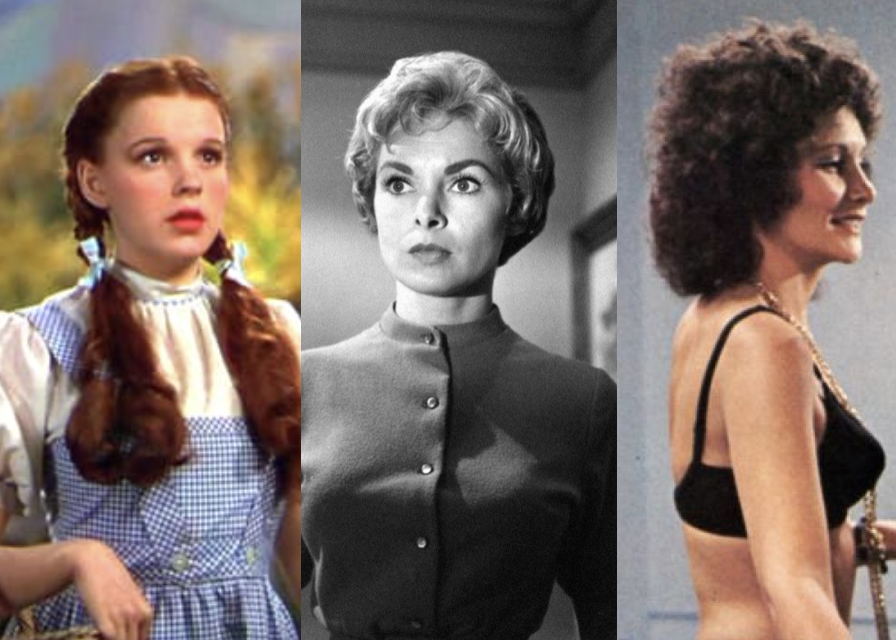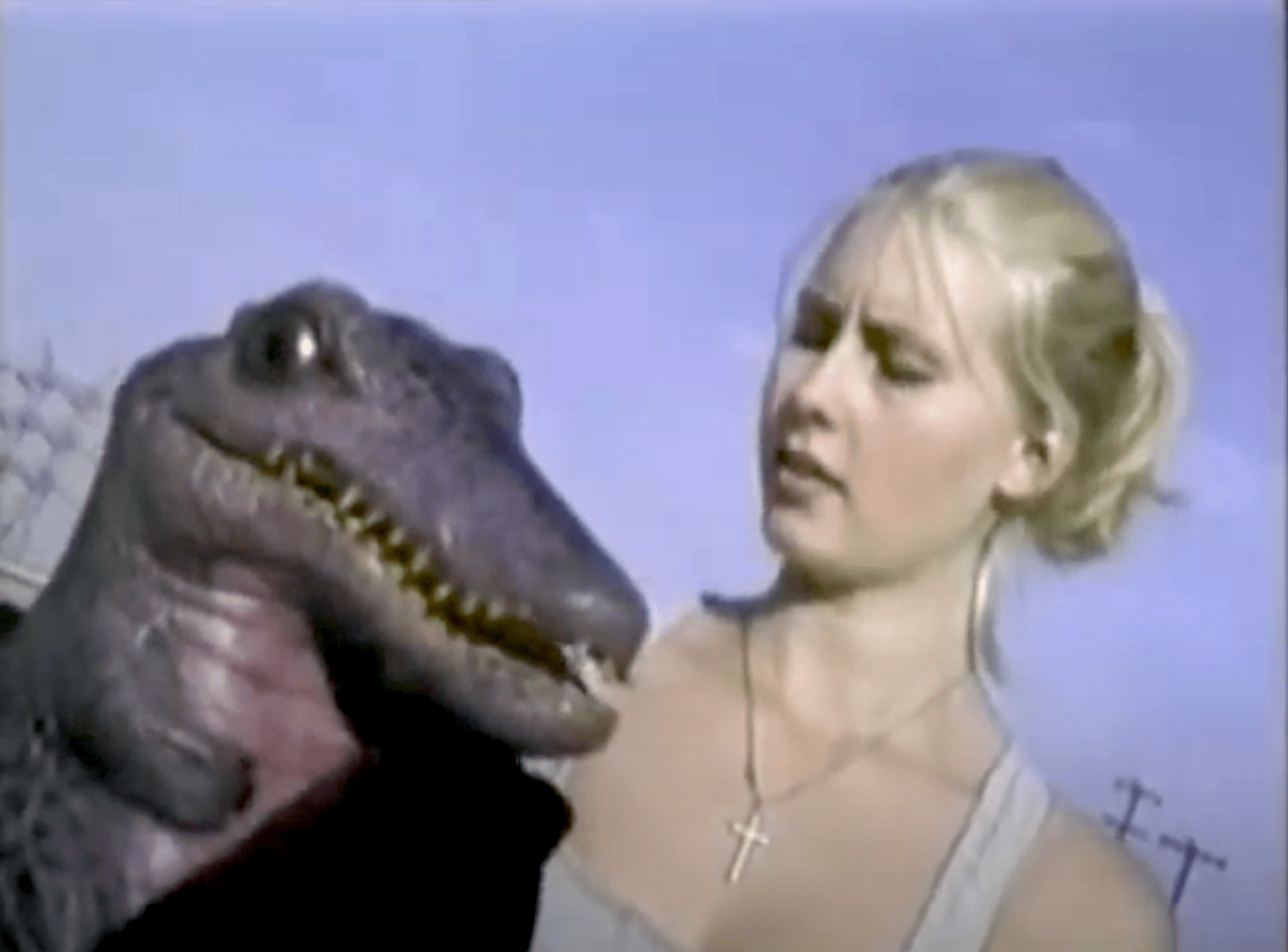
In 1922 Friedrich Wilhelm Murnau filmed the climactic end to his film Nosferatu. Our heroine, Ellen, sits cowering in her bed as the vampire enters her bedroom. The shadow of his horrible claw-like hand creeps up her white nightgown and when it reaches her breast the shadow suddenly grabs tight and forms a fist. She convulses in an exquisitely ambiguous moment of pain, ecstasy, fear and submission.
Its a scene that can only exist in film. Its a purely visual moment that captures the relationship of the natural to the supernatural. A clash between the ordered world of reason and the chaotic world of libido and carnality.
This whole situation is part of Ellen’s plan but she is still overwhelmed with emotion when the vampire takes hold of her. Worse than taking hold of her physically his shadow captures her heart. Up until this point her sexuality has been tame and staid, hemmed in by her marriage to Hutter, but now her lust is set free by a man who has given himself over to a life of passion, blood and magic. Its a test of her ability to remain steadfast in her civilized morality in the face of complete abandon, complete freedom.
The fact that her heart is beneath her breast blends the spiritual with the sexual. This intruder molests her both inside and out. The qualities of a supernatural creature are mysterious. Their powers and abilities are unknown and so it is impossible to know how to deal with them. The mystery of their nature reflects our own confusion over what lurks deep inside our own minds. This is at the core of the expressionist movement.
Expressionism was born from the ashes of the romantic era. In the 19th century humanity feared its animal nature. We were scared that the thin veil of civilized society could be torn to shreds by what lurked in the depths of our hearts. Later Schopenhauer and Freud would shape this idea into the subconscious and the id. As the twentieth century dawned society’s faith was placed in science and industry. The cold light of reason, logic and objectivity would save us from our baser nature. Science would elevate us beyond nature’s reach, but all through the 19th century there were warnings that science might not succeed. Novels like in Frankenstein, and Dr. Jeckyl were cautionary tales. World War One was the great betrayal of science and reason. Instead of saving us, science created poisonous gas, automatic weapons, tanks, planes, bombs and a myriad of other horrors.
The expressionists saw humanity as caught between reason and passion. Ellen sits at the precipice, staring down a man who was himself ruined by animalism and who threatens to drag her down with him. Giving herself to him is a sexual submission and a release of all that is civilized, but her body is a trap, a sacrifice of purity to banish the impure.
Ellen is the only one who can defeat Orloc. The men are distracted by biology, and medicine. Hutter is simply a fool and a coward, but Ellen has the emotional maturity and fortitude to do battle in this supernatural war of arousal and seduction. The gender messages in Nosferatu are tangled and complex. There is the image of a woman as an innocent and pure savior, the woman as an emotional rather than rational being, the woman as having a strength men can not understand or imagine, and the woman as a sexual being, able to call on forces men fear.
In this scene Ellen is both powerful and vulnerable. She has the courage to face and defeat the vampire but not to survive him. Ellen had to die in the end. The newly awakened Ellen would be too much for Hutter or society to handle. She was a proto-feminist heroine discovering her power but ultimately dispatched by a society not ready to deal with her.




[…] three clips. There is the clip of the brother approaching, the clip of Vicky backing away, and a Nosferatu homage of the brother’s creepy hand casting a shadow on the wall as he grasps at her. The first […]